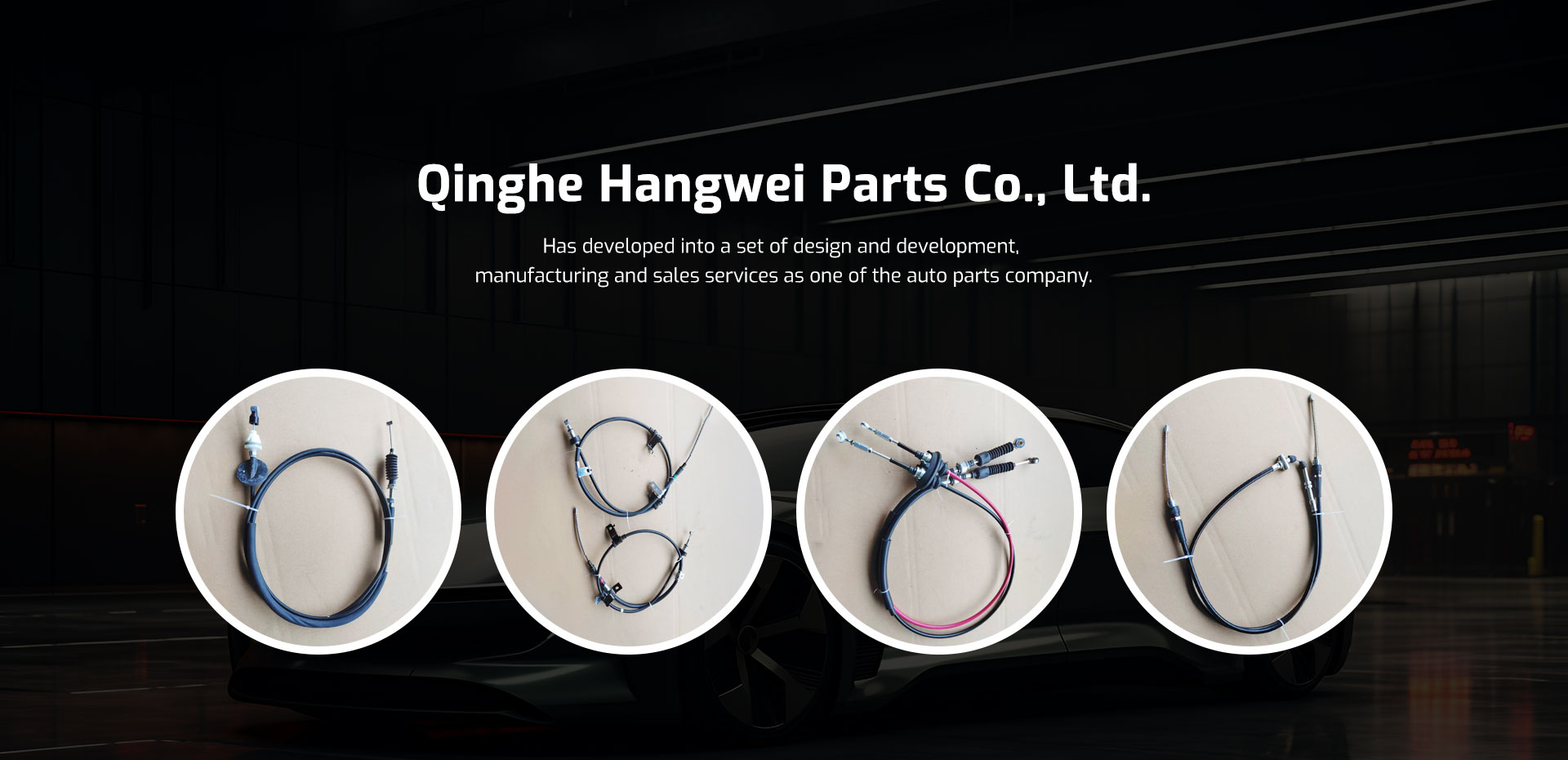throttle and cable
Understanding Throttle and Cable Key Components in Vehicle Performance
In the intricate world of automotive engineering, components often play a vital role in ensuring vehicles function smoothly and efficiently. Among these components, the throttle and throttle cable stand out as essential elements in controlling an engine’s performance and responsiveness. This article delves into the purpose, workings, and importance of throttle systems and their associated cables in vehicles.
What is Throttle?
The throttle is a crucial component in internal combustion engines and most modern vehicles, responsible for regulating the amount of air and fuel mixture that enters the engine. This regulation directly influences engine power, acceleration, and overall vehicle performance. When a driver presses the accelerator pedal, they are effectively opening the throttle, allowing more air and fuel into the engine, which translates to higher horsepower and increased speed.
In modern vehicles, throttle systems have evolved from traditional mechanical designs to advanced electronic throttle control (ETC) systems. While mechanical throttle systems rely on physically controlling the throttle plate via a cable connected to the accelerator pedal, electronic systems utilize sensors, actuators, and electronic control units (ECUs) to manage throttle input, often resulting in better performance and efficiency.
The Role of the Throttle Cable
In traditional vehicles equipped with a mechanical throttle, the throttle cable plays a pivotal role in transferring the driver's input from the accelerator pedal to the throttle body. This cable is a flexible line that connects the pedal linkage to the throttle valve, allowing it to open and close in response to pedal movement. When a driver presses down on the accelerator, the cable pulls on the throttle plate, which opens, permitting more air-fuel mixture into the engine.
The throttle cable’s responsiveness and flexibility are critical, as even slight delays or miscommunications can lead to diminished performance or safety issues. A well-functioning throttle cable ensures that the engine responds immediately to the driver’s commands, providing the expected acceleration and performance feedback.
Maintenance and Issues
throttle and cable

Over time, throttle cables can wear out or become damaged, leading to performance issues such as stalling, unresponsive acceleration, or erratic engine behavior. Common symptoms of a failing throttle cable include lagging acceleration, an inability to maintain speed, or, conversely, the engine revving unexpectedly. Regular inspection and maintenance of the throttle system, including the cable, can help prevent these problems.
Lubrication of the throttle cable can counteract wear and resistance, while visual inspections can identify fraying or kinks that necessitate replacement. It is important for vehicle owners to pay attention to their engine's responses and address any potential throttle cable issues promptly to avoid further complications.
The Shift to Electronic Throttle Control
As technology advances, many vehicles have begun transitioning from mechanical throttle cables to electronic throttle control systems. ETC systems eliminate the need for a physical cable, replacing it with electronic sensors that detect pedal position and send signals to the engine’s ECU. This transition has resulted in several benefits
1. Improved Precision Electronic systems can adjust throttle opening with greater precision than mechanical systems, enhancing overall engine responsiveness. 2. Better Fuel Efficiency By optimizing throttle response based on various driving conditions, ETC systems can improve fuel economy. 3. Integrated Safety Features Electronic systems can be programmed with safety features, such as limiting throttle response if they detect a malfunction or slippery conditions, providing a safer driving experience.
Despite the advantages, the shift to electronic throttle control also poses new challenges, such as reliance on software and electronic components that can fail. Thus, diagnostic tools and skilled technicians are increasingly necessary for vehicle maintenance and repairs.
Conclusion
The throttle and throttle cable, whether in their traditional mechanical form or modern electronic equivalents, are fundamental components that significantly impact vehicle performance. Understanding their functionality not only helps vehicle owners appreciate their importance but also highlights the necessity of regular maintenance and timely repairs. As automotive technology continues to evolve, staying informed about these systems will be essential for ensuring optimal vehicle operation and safety on the road.
-
Upgrade Your Control with Premium Throttle CablesNewsAug.08,2025
-
Stay in Control with Premium Hand Brake CablesNewsAug.08,2025
-
Experience Unmatched Performance with Our Clutch HosesNewsAug.08,2025
-
Ensure Safety and Reliability with Premium Handbrake CablesNewsAug.08,2025
-
Enhance Your Vehicle with High-Performance Clutch LinesNewsAug.08,2025
-
Elevate Your Ride with Premium Gear CablesNewsAug.08,2025
